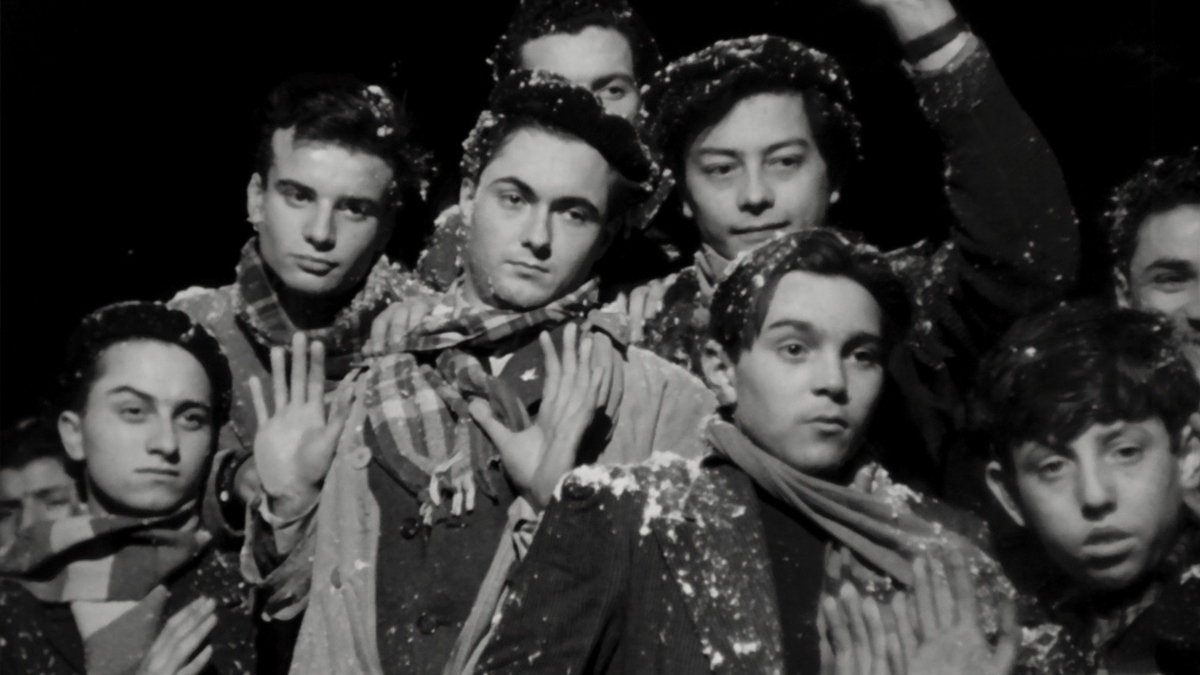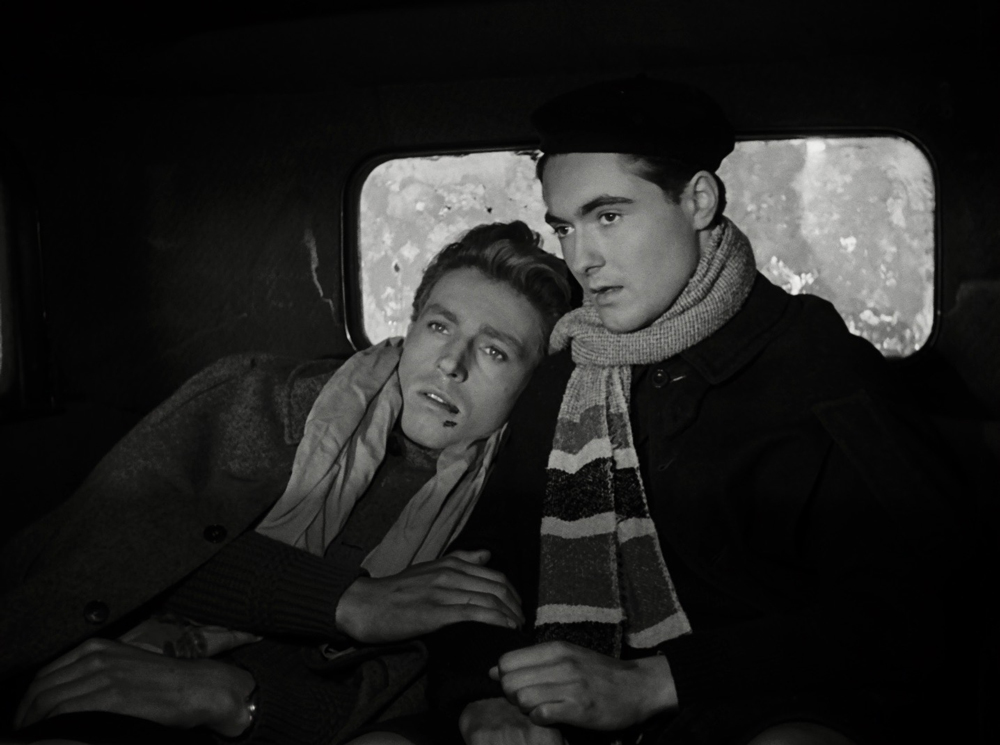
©1950 Carole Weisweiller (all rights reserved) Restauration in 4K in 2020 . ReallyLikeFilms
"Les Enfants Terribles" by Melville Cocteau Ore snowballs continue to emit a dull light
2021.10.03
Mirror stand and Grim Reaper
Jean-Pierre Melville takes the cluttered bedroom shared by his siblings and redesigns it into a rich space. It's amazing that there are so many variations in photography in such a small space. It seems like the best trade show for indoor photography.
Jean-Pierre Melville, who claimed to be nocturnal, shot most of the interior shots for this film between night and midnight. This reminds us of the short story ``The 24 Hours of a Clown'' (46), which was a film about a jet-black night (although the director himself has left negative statements about the results of this short film, It is a masterpiece that vividly captures the depth of the world.)

“Les Enfants Terribles” ©1950 Carole Weisweiller (all rights reserved) Restauration in 4K in 2020 . ReallyLikeFilms
Elisabeth makes a flurry of gestures as if circling around Paul's sick bed. ``Les Enfants Terribles'' is, above all, a Nicole Stéphane movie. Elisabeth is not just someone who hurriedly moves from corner to corner of the room making provocative gestures and gestures of control. Elisabet's ``dark gaze'' is clearly expressed in the scene in which she invites a doctor into Paul's room to examine him. Elisabeth was waiting outside the bedroom door, her eyes fixed on the empty space in the darkness. What on earth is captured beyond that sleepwalking gaze that seems to be disconnected from existence?
There is also a shot where Elisabeth and Paul are in the same frame, with her in the mirror being overly blurred. Paul is the one suffering from sleepwalking, but Elisabeth may be on the cusp of ``departing'' to the other world, in the cryptic words of the siblings. Perhaps Elisabeth lives in an ``amazement'' between the world on the other side and the world on this side. And in `` Orpheus ,'' there is a line like this about mirrors.
"The mirror is the door through which death enters and exits. And if you continue to stare into the mirror throughout your life, you will see Death working as a bee does in a glass hive. ” (“Orpheus”)
There are repeated shots of Elisabeth and Paul facing each other and staring straight ahead. When this shot is repeated, it is surprising how quickly the two people's faces begin to resemble one another. This shot goes beyond the ``pattern'' of theatrical gestures and serves as evidence that the two are forming a mirror-image relationship.

